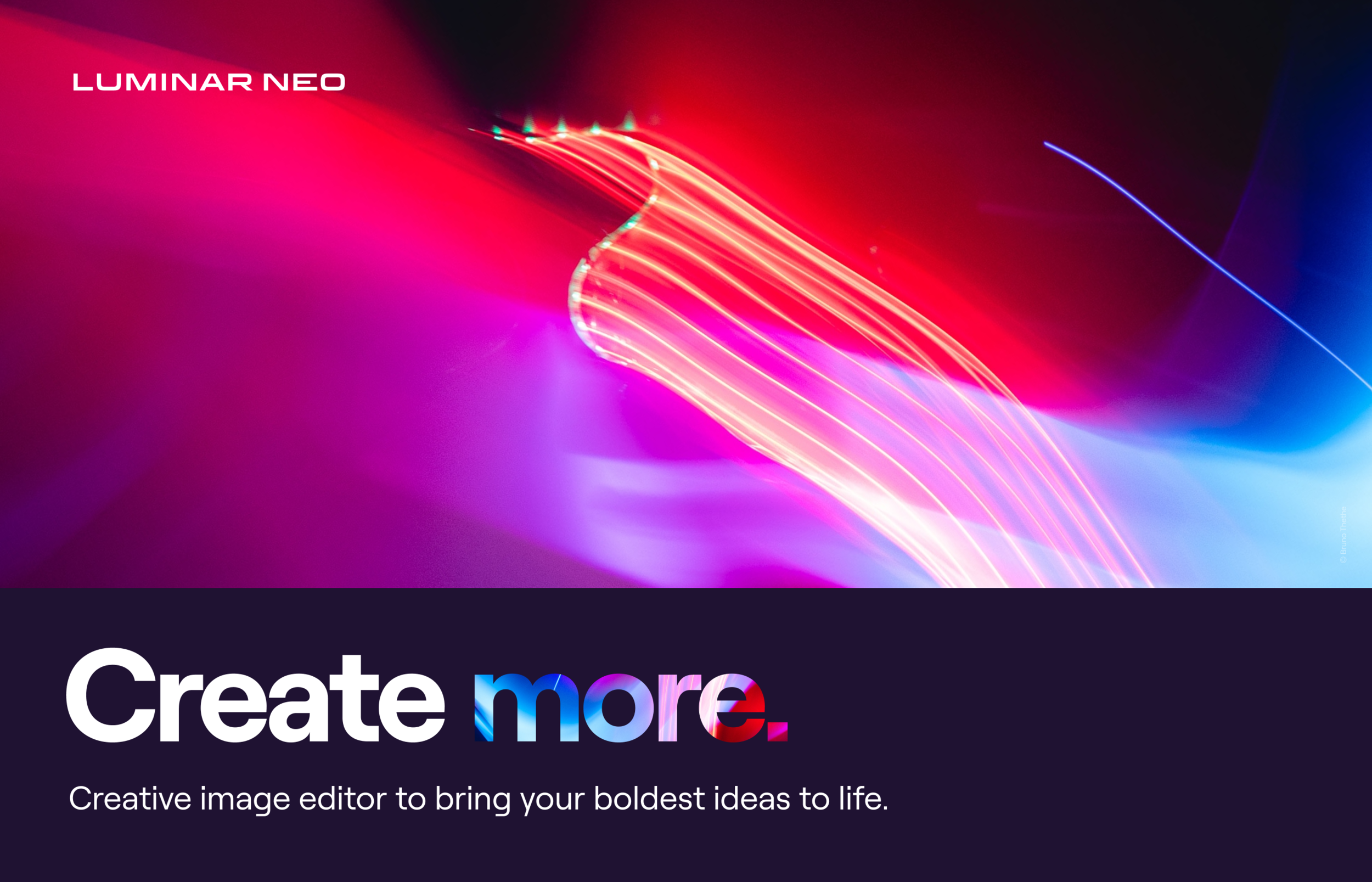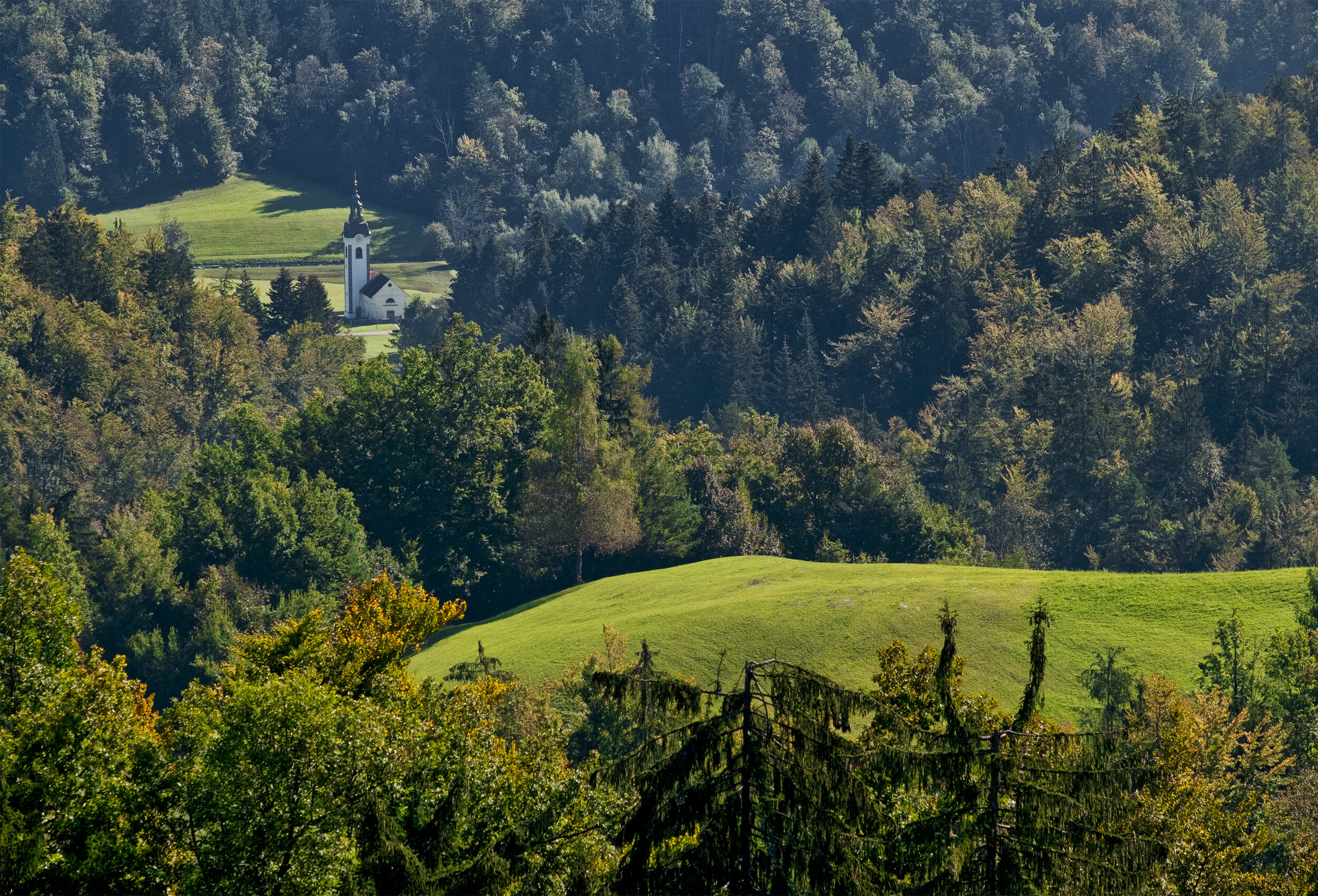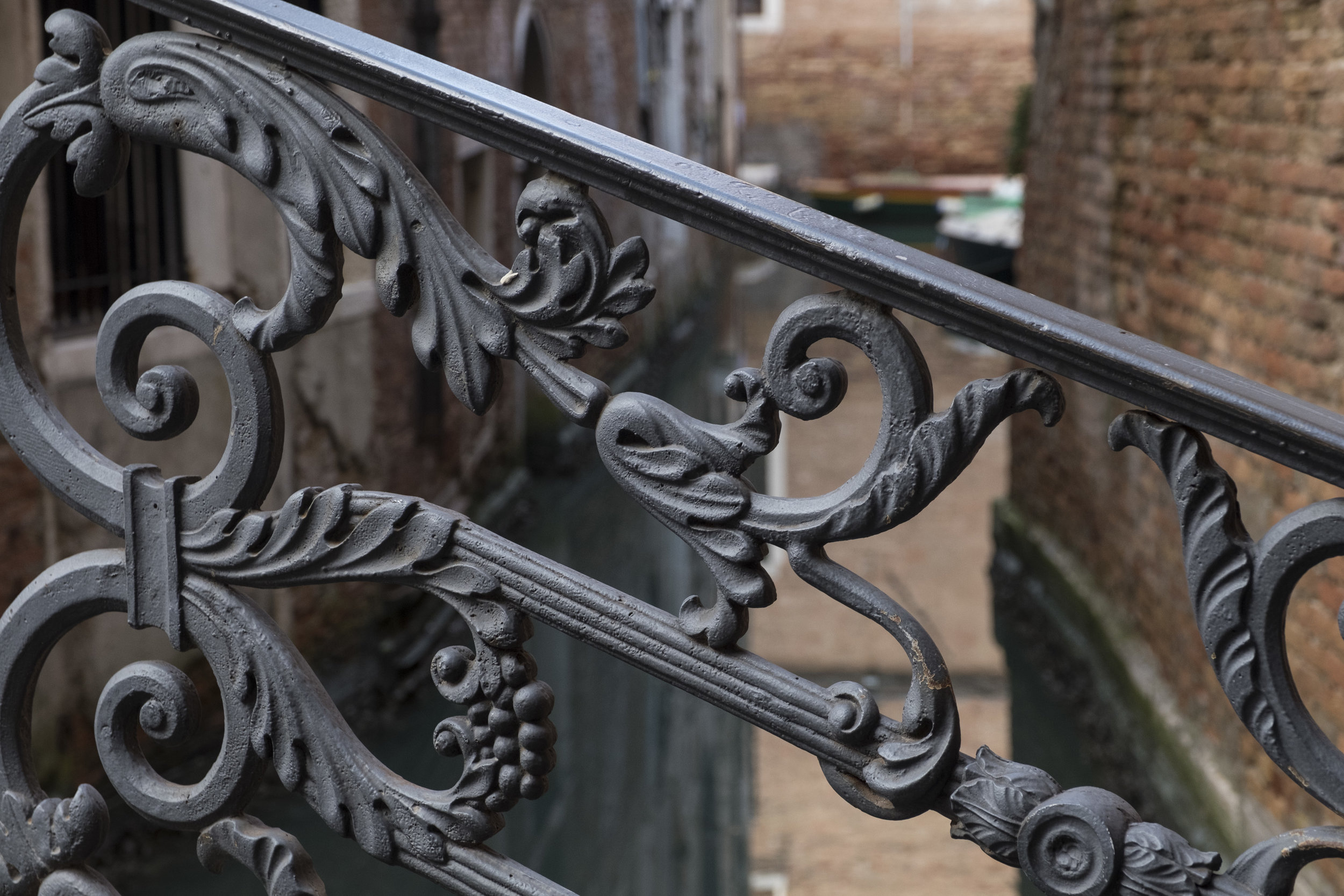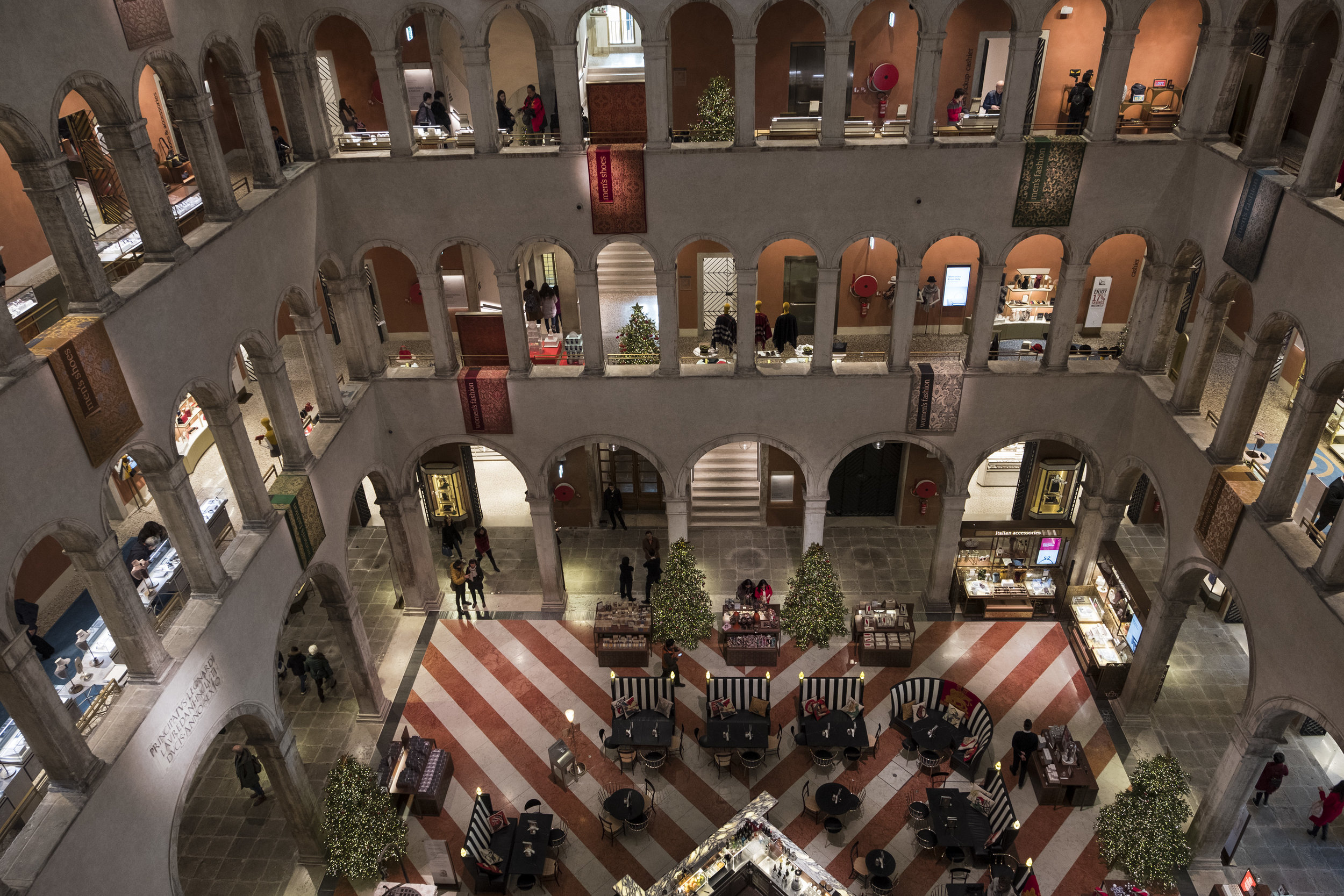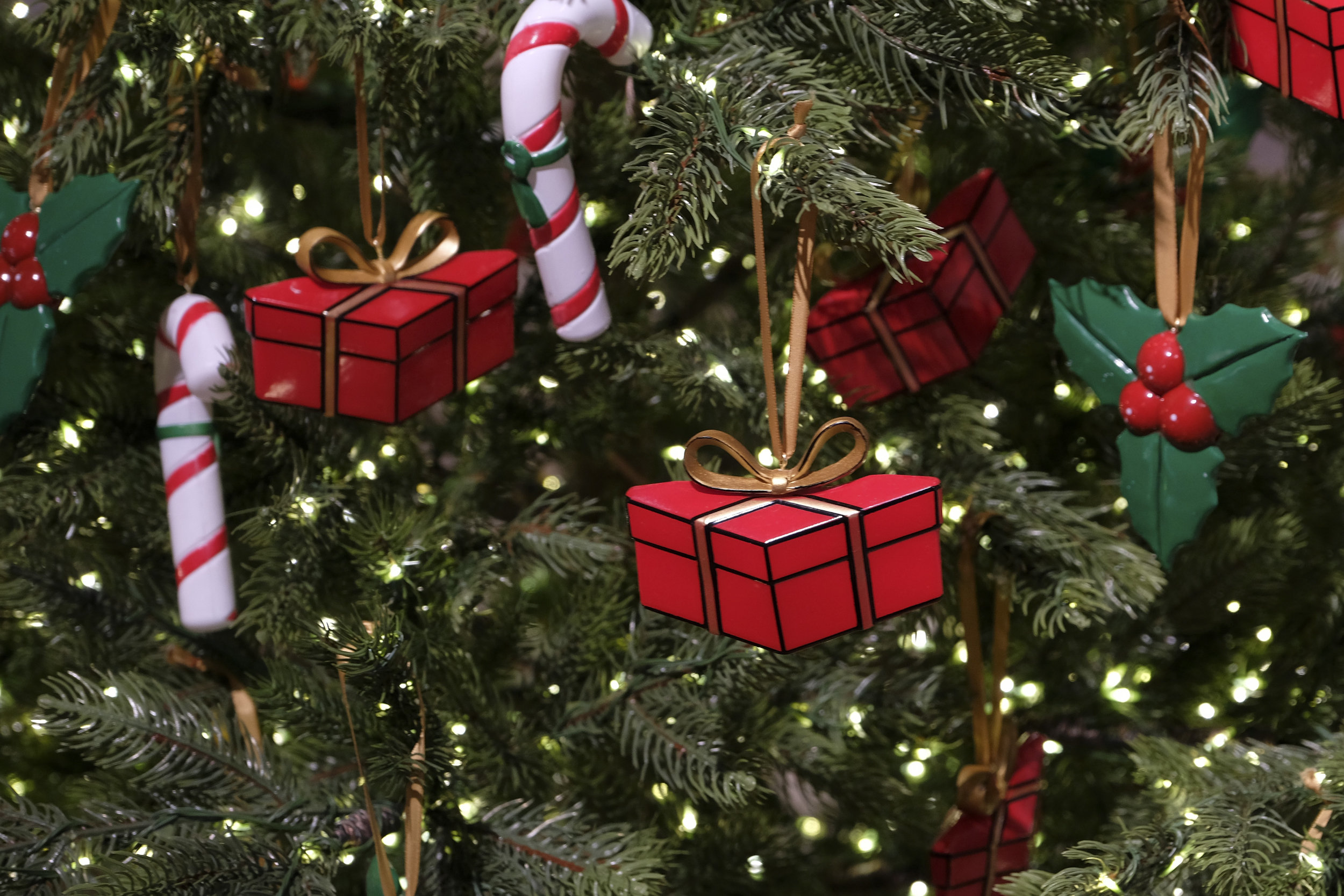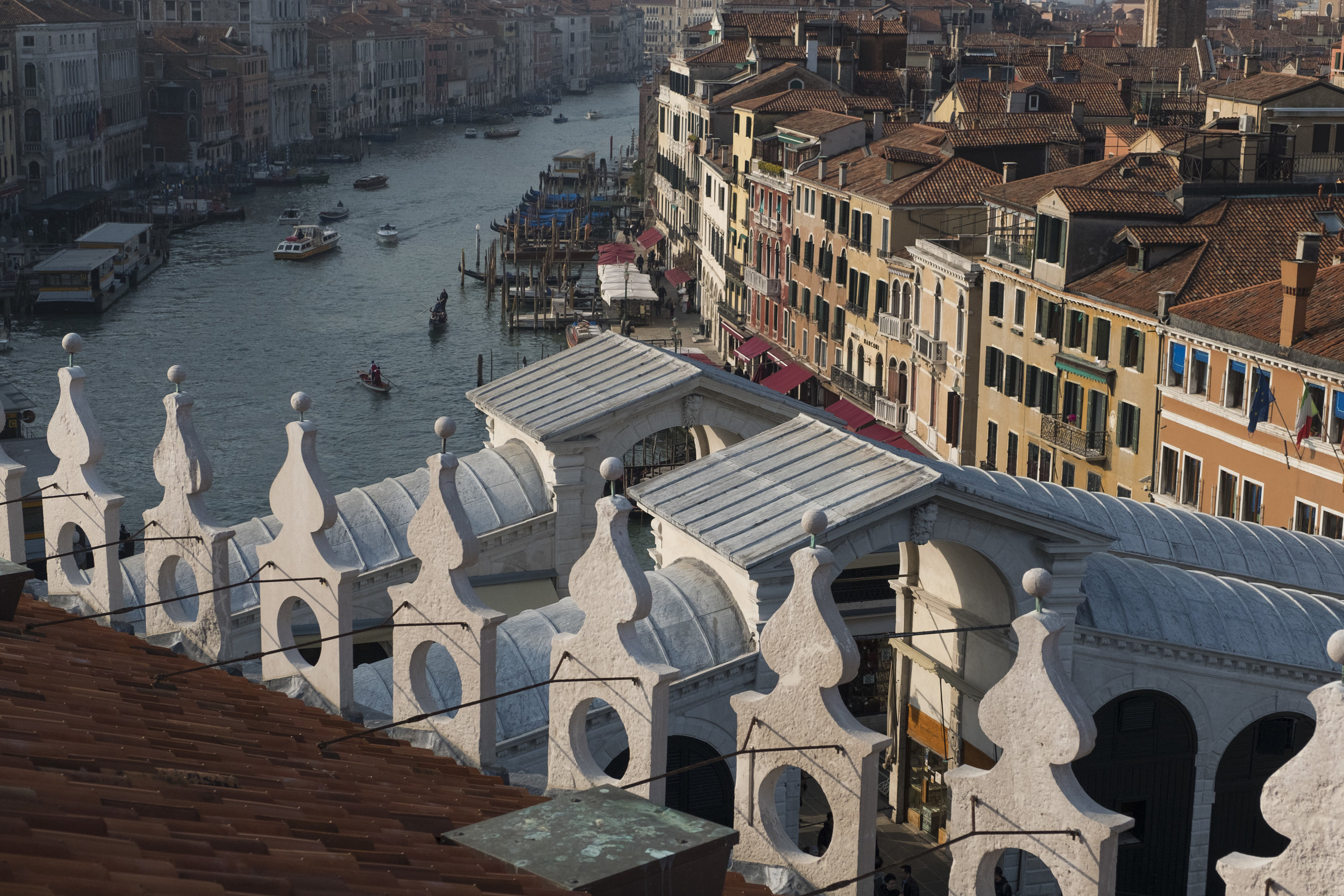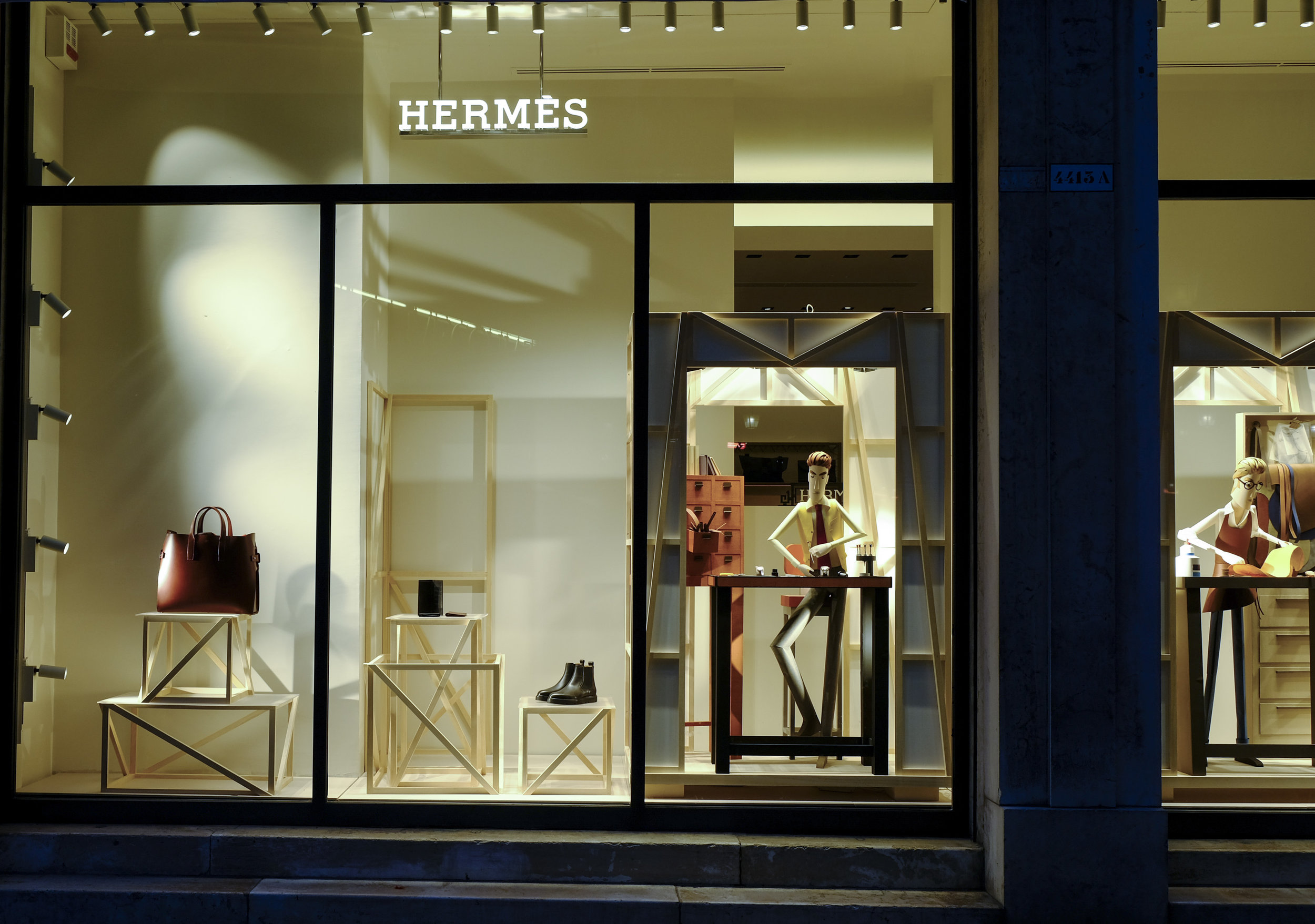Saying Farewell to Fujifilm: My Journey of Departure and Exploration
/Reflecting on the past decade of my photographic journey, I am filled with a sense of gratitude and nostalgia.
Today, I am at a pivotal moment as I bid farewell to Fujifilm. This brand has been integral to my professional life since my first encounter with the iconic X100 over ten years ago. With mixed emotions, I take this opportunity to express my appreciation to Fujifilm for its incredible and transformative journey. However, the time has come to explore new avenues, as recent experiences have left me yearning for a fresh perspective.
Throughout the last 10 years, Fujifilm has played a significant role in shaping my artistic vision, allowing me to capture moments of beauty and emotion with unrivalled precision. I started with the X100 then the X-Pro and XT1 passing through the XH-1. finally, the XT-4, among other models, accompanied me through countless assignments and personal projects, each lens capturing a unique facet of the world around me. I often owned 4 Fujifilm cameras at any given time and at least ten lenses from 10mm to 400mm. Together, we created what I hope is a lovely body of work; I am forever grateful.
However, as an artist, I believe it is vital to listen to the inner voice that propels us forward, urging us to explore new territories. Despite my deep-rooted appreciation for Fujifilm's commitment to excellence and innovation, I have found myself increasingly dissatisfied with the latest offerings from the brand.
The creative fire that once burned brightly within me began to flicker, prompting me to seek inspiration elsewhere.
It is essential to acknowledge that this decision was not made lightly. The process of bidding farewell to a brand that has been integral to my professional and creative journey is bittersweet. The memories we have shared, the images we have crafted together, and the growth I have experienced through these incredible tools will forever remain cherished.
Yet, as I embark on this new chapter, I am filled with excitement and anticipation. The world of photography is vast and ever-evolving, with numerous brands and technologies awaiting exploration. I look forward to discovering new tools that will invigorate my passion, challenge my skills, and enable me to capture moments in ways I have yet to imagine.
In bidding farewell to Fujifilm, I thank the brand for over a decade of support, partnership, and relentless pursuit of photographic excellence. Through this profound journey, I have grown as an artist and honed my craft. As I navigate uncharted waters, I embrace the opportunity to expand my artistic horizons, confident that this departure will begin a new chapter in my photographic narrative.
The path ahead may be uncertain, but one thing remains constant—I am ready to seize the future and continue my pursuit of capturing the world's beauty through a fresh lens.
PS. I have decided for the time being not to make public the brands I have adopted to avoid comparisons and sterile discussions.



